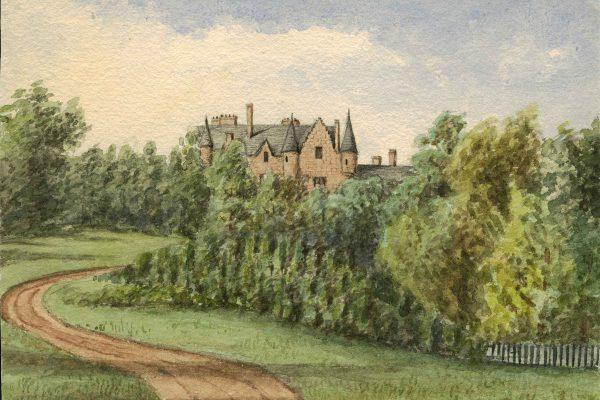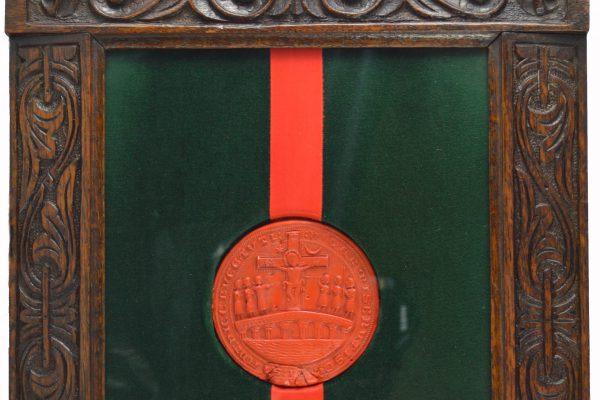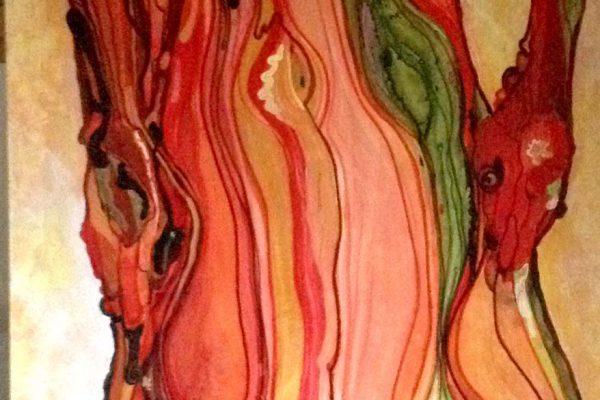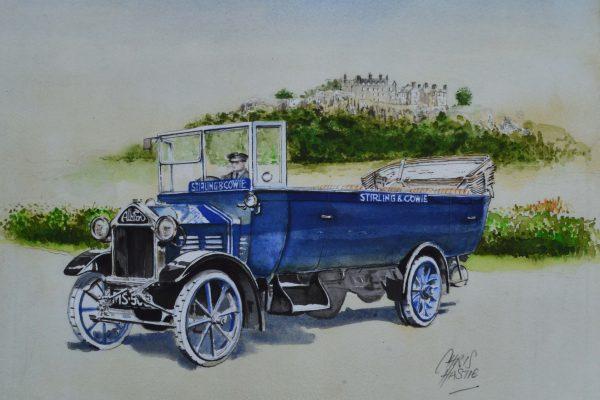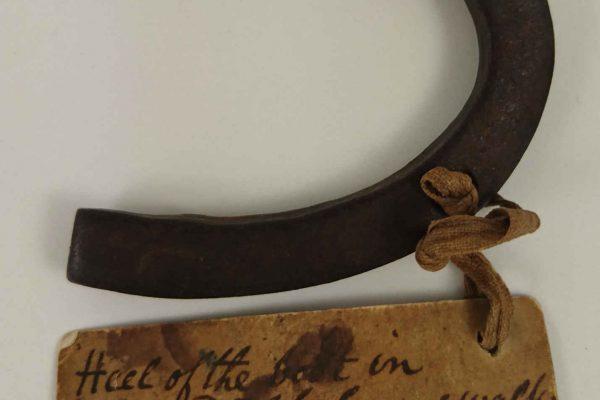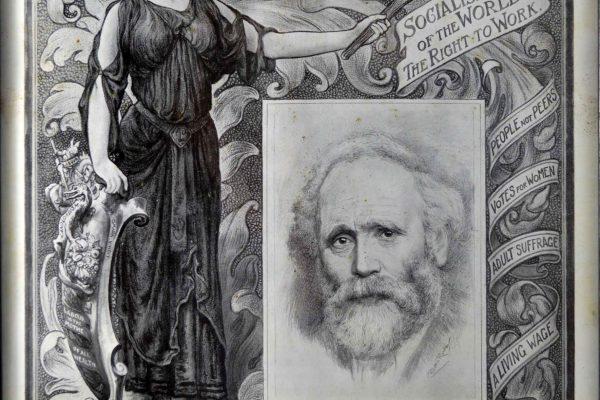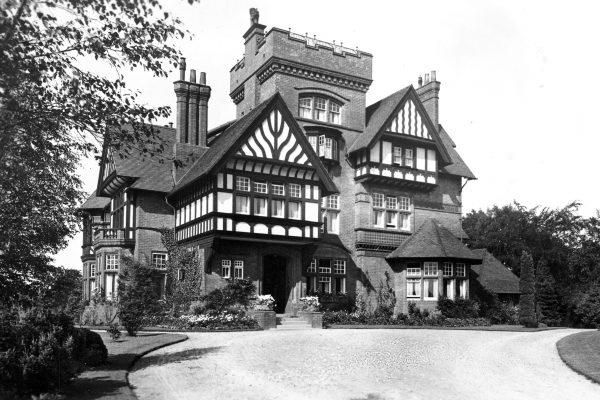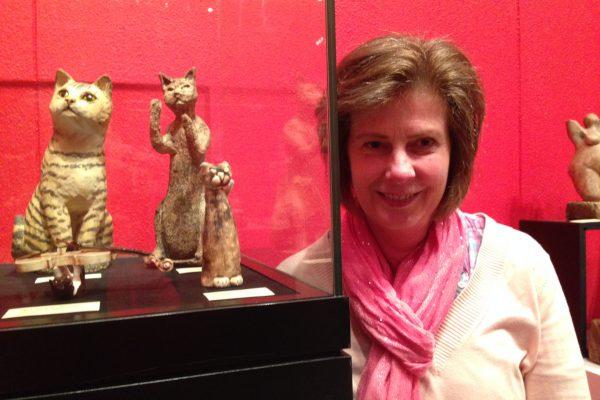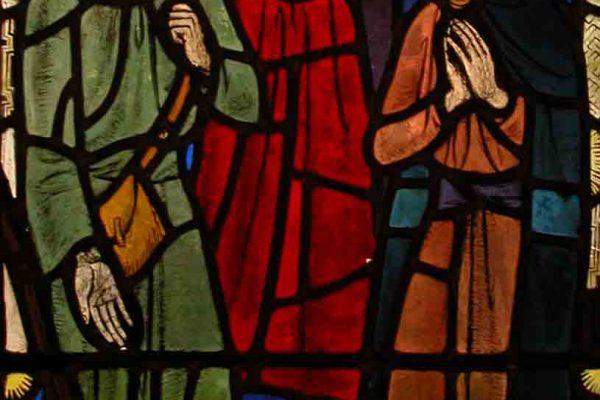Polmaise Castle, Jane Ann Wright (1842 – 1922)
Few now remember Polmaise Castle, but as the annual march of the Gillies which takes place this Sunday 25 June at 2pm passes near to the site, its history is worth revisiting. The Save Gillies Hill campaign was set up to protect the historic hill from quarrying. Last century, Murrayshall
The Stirling Seal
This display box of carved oak contains a wax copy of the seal of Stirling. It was found at auction by Friend of the Smith Dr Robin Campbell and is a recent purchase for the Stirling Smith courtesy of the Stirling Common Good Fund. The seal was appended to
The Tree of Woman by Janette Macleod
Once again, the members of the Glasgow Society of Women Artists are exhibiting at the Stirling Smith Art Gallery and Museum. It is one of the oldest and most prestigious societies in Britain, with its origins in the Glasgow Society of Lady Artists, established in 1882. The word ‘Glasgow’ is
Dentolux Lamp, Dental Health in the 1920s-40s
The Dentolux Lamp was made in 1935 by the British Hanovia Company of Slough, founded in 1924 and still in business. The company have always specialised in ultra violet lighting products and today they produce industrial systems for the UV treatment of water in ships’ ballasts and in swimming pools.
The Stirling to Cowie Bus, Forsyth’s Motor Bus Services
Here is a modern tribute to Forsyth’s Motor Bus Services. The company was set up by Thomas Forsyth and his wife Margaret Dickson in 1922, with a fleet of six buses. By 1925-6, he had twelve driver and conductor licenses. The service was run from Plean-Bannockburn-St Ninians-Stirling. He owned a
Turning Point of History
This object from the Stirling Smith collections marked a literal turning point in the history of Scotland. The iron boot heel was highly prized in its time, and the purchaser paid 10 guineas for it, a sum of about £6,000 in today’s prices. The label is inscribed ‘Heel of the
Keir Hardie and Merthyr Tydfyl
A 1910 parliamentary election poster for Merthyr in South Wales may seem to have no connection with Stirling, but it is one of the documents on display in the Graham Library in the Stirling Smith Art Gallery and Museum. The aristocrat, Robert Bontine Cunninghame Graham (1852-1936) and the miner
Batterflats and John Allan
This summer, the Stirling Smith hosts an exhibition on the architect John Allan (1847-1922) who created some of Stirling’s most striking and unusual buildings. His designs used red brick, steel and lead combined with carved creamy stonework to create distinctive tenements, shops and dwellings. His use of symbols and mottoes
Wonky Pots
No one now thinks about Stirling’s glory days as a pottery producing area, when in the 17th century, most of the earthenware for central Scotland and beyond was produced in the Throsk Pottery. The potters lived in the surrounding areas of Bandeath, Poppletrees and Cockspow, within the Barony of Cowie,
The Pilgrims at Emmaus
The story of the resurrection of Christ is often told through the incident mentioned in the Gospel of Luke, where two pilgrims, on the way to Emmaus on the evening after the tomb of Jesus is found empty, are discussing the matter. They were met by Christ in the guise
Search the blog
Recent Posts
Blog Categories
- Blog Post (253)
- Collections (203)
- Events (36)
- Exhibitions (64)
- Intern Reports (3)
- Intern Reports (1)
- Press Releases (5)
- Stirling Stories (260)
- Uncategorized (7)
- Volunteering (8)

